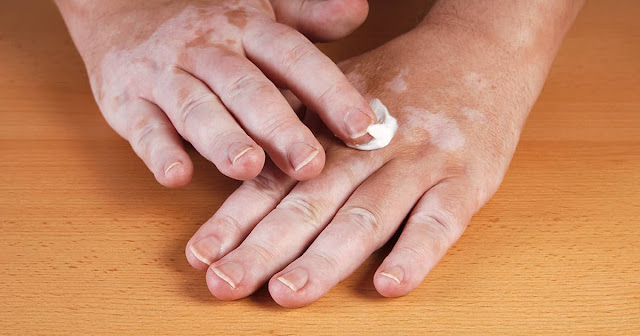Fish Skin Disease: Causes, Symptoms, and Treatment Options
Fish skin disease also known as fish dermatitis or fish scale disease, is a common condition that affects various species of fish in both freshwater and saltwater environments. It is characterized by visible abnormalities on the skin, including discoloration, lesions, and the presence of scales. This article will explore the causes, symptoms, and treatment options associated with fish skin disease.
Causes:
Fish skin disease can
be caused by a multitude of factors, including bacterial, fungal, and viral infections.
Poor water quality, high ammonia, and nitrate levels, improper nutrition, and
overcrowded tanks or ponds can also contribute to the development of the
disease. Additionally, environmental stressors such as temperature
fluctuations, exposure to chemicals, and trauma to the skin can weaken the
fish's immune system, making them more susceptible to infections.
Symptoms:
The symptoms of Fish
Skin Disease vary depending on the underlying cause and the species of
fish affected. Common signs include discoloration of the skin, ranging from
redness to darkening or whitening of the affected areas. Lesions or ulcers may
appear as raised or sunken spots, often accompanied by a loss of scales.
Infected fish may exhibit abnormal swimming behavior, reduced appetite, and
increased mucus production. In severe cases, systemic symptoms like lethargy,
fin deterioration, and difficulty breathing may occur.
Treatment
Options:
Treating fish skin
disease involves addressing the underlying cause and providing supportive care
to the affected fish. Quarantine tanks are often utilized to isolate infected
individuals and prevent the spread of the disease to other fish. The following
treatment options may be employed:
Water
Quality Management: Maintaining optimal water conditions is
crucial for the fish's overall health. Regular water testing, appropriate
filtration systems, and frequent water changes can help reduce stress and
combat infections.
Medications:
Depending on the specific diagnosis, antimicrobial agents, antifungals, or
antiparasitic medications may be prescribed. These medications can be
administered orally, added to the water, or applied topically as directed by a
veterinarian.
Nutritional
Support: A well-balanced diet rich in essential nutrients
and vitamins can enhance the fish's immune system, aiding in its recovery.
Consult with a fish nutrition expert or veterinarian to determine the most
suitable diet for the affected fish.
Environmental
Modifications: Addressing the root causes is crucial
to prevent recurrence. This may involve adjusting water temperature, reducing
stocking density, and ensuring proper filtration and maintenance of the aquatic
environment.
Prevention:
Preventing Fish Skin Disease is always preferable
to treating an outbreak. To minimize the risk, it is essential to maintain a
clean and stress-free environment for the fish. Regular water testing,
maintaining appropriate water parameters, and providing a well-balanced diet
are crucial preventive measures. Avoid introducing sick or infected fish into
established populations, and ensure proper quarantine procedures for new
additions.
Prevalent conditions can affect fish in various aquatic environments. Prompt diagnosis,
identification of the underlying cause, and appropriate treatment are vital to
the fish's recovery. By maintaining optimal water quality, providing a
nutritious diet, and implementing preventative measures, fish owners can reduce
the likelihood of outbreaks and promote the overall well-being of their aquatic
companions.




Comments
Post a Comment